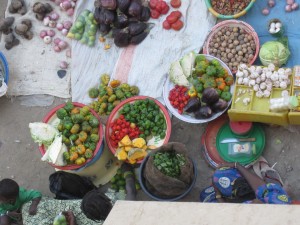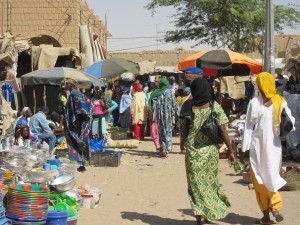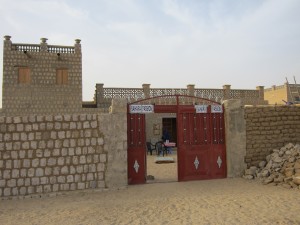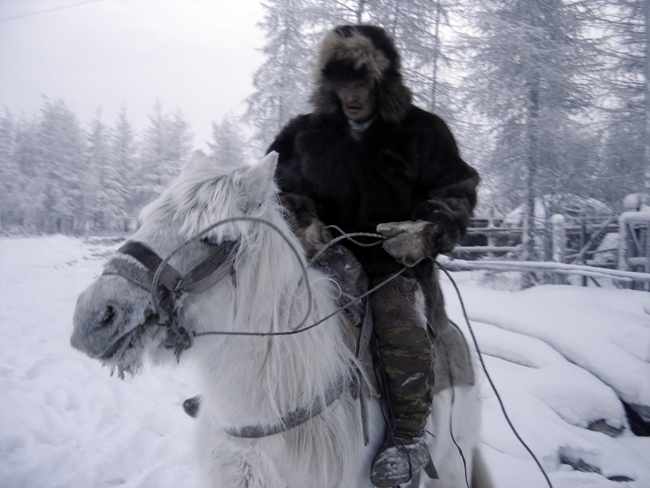Whilst preparing to set off on the crossing of the Sands of Al Mahra, I received this email from the well known writer Steve Kemp: Since you occasionally comment on books now, I’m writing to see if you might consider my forthcoming book, A Labyrinth of Kingdoms: 10,000 Miles Through Islamic Africa, about a 19th-century scientist/explorer of Africa named Heinrich Barth. He should be as well-known as Livingstone, Burton, and Stanley, but because of British politics and his prickly personality, he fell through a crack in history. I was genuinely happy to receive this offer and begged him to write an article before I reviewed the book. I have come across Heinrich Barth on and off during my research of global camel travels and I look forward to learning more. This is part of my aim to review more books, see my first attempt which turned out a success.
Where The Camel Meets The Canoe
By
Steve Kemper
Timbuktu started as a seasonal encampment of Tuareg nomads and grew into a commercial hub that connected the Arab and Berber traders of the desert with the black tribes of the Sahel, Mali, and Ghana. Like any crossroads town it contained a babel of languages—Tamasheq, Songhai, Hausa, Arabic, Fulfulde, Wolof, Bambara. These eventually mixed and merged into a hybrid argot spoken only in Timbuktu. Residents called it Koyrachini (variant spelling Koyra Chiini), which loosely translates as “town talk.”
Koyrachini and the crazy-quilt of languages in Timbuktu were catnip for a linguist such as the great 19th-century explorer Heinrich Barth, even when the words spoken were “The Christian must die.” Koyrachini has since been modified by an infusion of French from the colonial years. It remains the language of Timbuktu’s markets. “If you can’t speak it,” said one of my hosts in the city, “you can’t buy, sell, or fully communicate.”
Timbuktu created few goods of its own. Its prosperity stemmed from its location. Though surrounded by the Sahara, it sat only eight miles north of the Niger, on the big bend where the river juts into the desert. Barth was in Timbuktu during the river’s annual flood stage, and was amazed to see streams rushing through the desert near the town.
Timbuktu was the place “where the camel meets the canoe,” a place of traders and middle-men. Gold arrived from mines in the tropical south and was traded for salt from mines in the desert north. Two or three times a year Tuaregs and Berabish from Timbuktu made the brutal caravan journey 500 miles straight north into the Sahara to the salt mines of Taoudeni, a desolate hellhole where slaves labored and died. “It is hardly possible that even under the most merciless regimes,” wrote E. F. Gautier in his classic Sahara: the Great Desert, “there has ever been an industrial hell comparable to this one anywhere on the face of the earth.” The round trip took four to six weeks. The caravans returned with large grayish slabs of salt, rare and hence pricey. Salt traders still make the journey to Taoudeni, though now they often ride trucks instead of camels.
By the time Barth reached Timbuktu in September 1853, he was no longer amazed by the variety found in African markets far from the coasts. Europeans considered Timbuktu inconceivably remote, but shoppers there could find goods from all over Europe as well as Africa. First-time visitors who arrived from the desert must have been shocked to find fresh vegetables and fruits for sale so close to the Sahara—another benefit of the town’s proximity to the Niger.
Now as then, customers in Timbuktu’s markets haggle over tomatoes, carrots, cabbages, yams, eggplants, rice, peppers, beans, okra, and peanuts—all grown along the Niger—as well as salt, camel cheese, live chickens, slabs of beef or goat, and new items such as CDs, jeans, and flip-flops.
In Timbuktu I stayed on the town’s northern edge at a small guest house called Sahara Passion. It offered several simple, pleasant rooms. From the rooftop terrace I could watch small caravans approaching from the desert or heading into the sands. The Sahara Passion’s rooms are within the walled home of its owners, Shindouk Mohamed Lamine and his wife Miranda Dodd, who came to Africa from Whycocomagh, Nova Scotia as a Peace Corps volunteer and stayed to make a life with Shindouk.
Like his father and grandfather before him, Shindouk is the chief of a Berabish tribe, the Oulad Najim, one of several factions of a larger tribe, the Oulad Driss. His father was renowned for his knowledge of the desert and saved many stranded people. Once, the story goes, a man who had collected sand from all over the desert showed his samples to Shindouk’s father and challenged him to identify them. Shindouk’s father peered, rubbed, tasted, and pinpointed every sample’s original location.
Shindouk’s father and grandfather were salt traders. Shindouk first made the trip to Taoudeni when he was 13. His duties were to get up early, start a fire, make tea, and find the camels. These elements—tea, fire, camels, desert, salt—seem genetically programmed into men such as Shindouk. On his first trip outside the desert, to a conference sponsored by the United Nations, he had a layover in Paris’s Charles de Gaulle airport. He unpacked his small charcoal burner and built a fire to make the sweet tea that no desert man can live without for long. He was surprised to find himself quickly surrounded by men with guns.
Every night of my stay in Timbuktu, as soon as the sun went down, Shindouk put dry grass and sticks into a round shallow-sided metal disk, about the size of a large pizza pan, and started a small fire in his courtyard of sand as the huge Saharan sky glittered above. He and a friend or two sat or reclined around the fire on carpets, talking in low voices—or occasionally making calls on their cell phones. Long before the fire had turned to coals, an abandoned boy named Abdullah, whom Shindouk and Miranda had given refuge, had rolled himself into his ragged blanket to sleep on the sand in the dark beyond the fire.
The Sahel endured a horrible drought in the late 1970s and early 1980s (for an excellent account of those times see Thurston Clarke’s The Last Caravan). The drought wiped out the herds of most desert peoples in Mali, Niger, and elsewhere in the Sahel, dealing a crippling blow to an ancient way of life. War followed in the 1990s. Shindouk spent five years in a refugee camp in Mauritania.
This life has made him thoughtful, serious, and eager to preserve and share the knowledge that he worries is dying with the desert elders. Miranda clearly seconds his respect for this knowledge. I was pleased to benefit from it and to be their guest.
Steve Kemper has been a freelance journalist for more than 30 years. His new book, A Labyrinth of Kingdoms: 10,000 Miles Through Islamic Africa, was published by W. W. Norton in June 2012. His first book, Code Name Ginger: the Story Behind Segway and Dean Kamen’s Quest to Invent a New World(Harvard Business School Press, 2003), was selected by Barnes & Noble for its Discover Great New Writers award. Harper published the paperback under the title Reinventing the Wheel.
Kemper has written for Smithsonian, National Geographic, National Geographic Adventure, National Geographic Traveler, Outside, Wall Street Journal, Yankee, National Wildlife, The Ecologist, Plenty, BBC Wildlife, and many other magazines and newspapers.
He grew up in Louisville, Kentucky. After graduating from the University of Detroit, he taught literature and writing at the University of Connecticut while earning a Ph.D. He has received several awards for his work, as well as a grant from the W. Alton Jones Foundation for an environmental investigation in Bolivia. He lives in West Hartford, Connecticut, with his wife Judith Kaufman, a fine-art jeweler.






